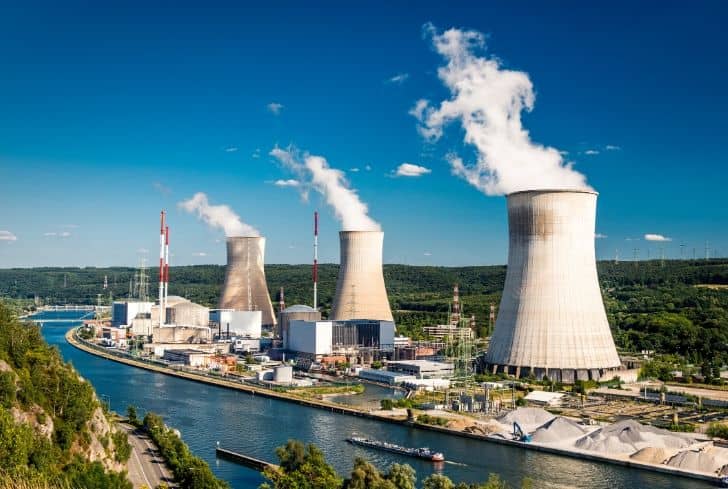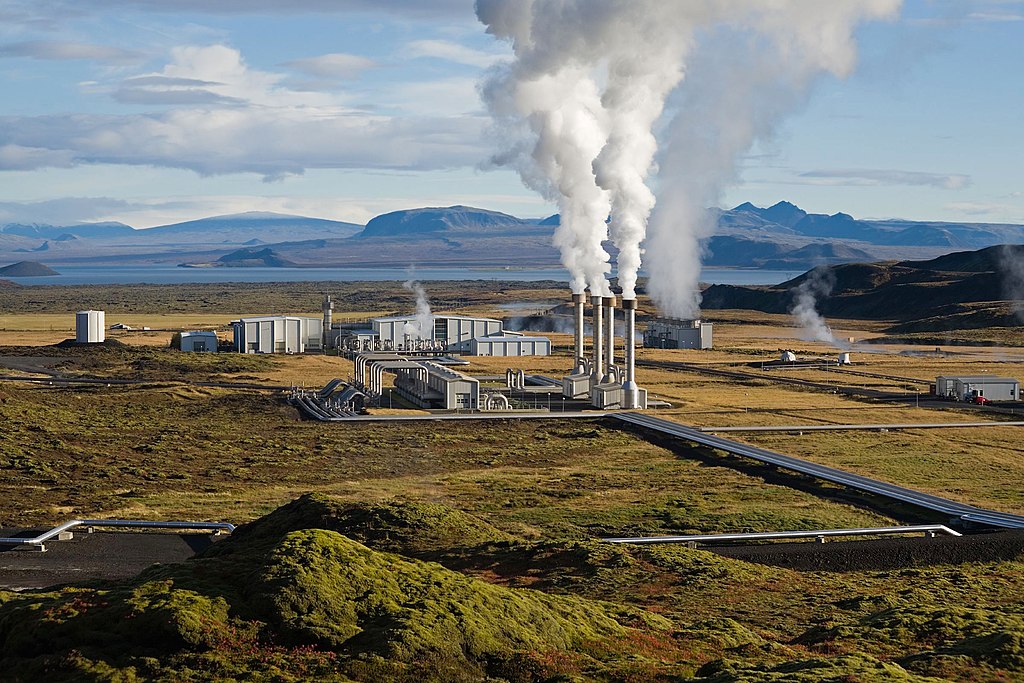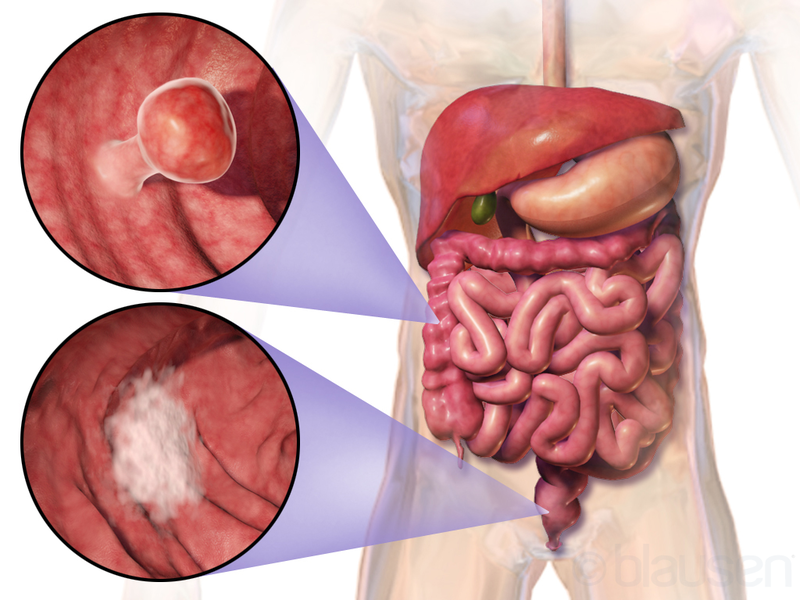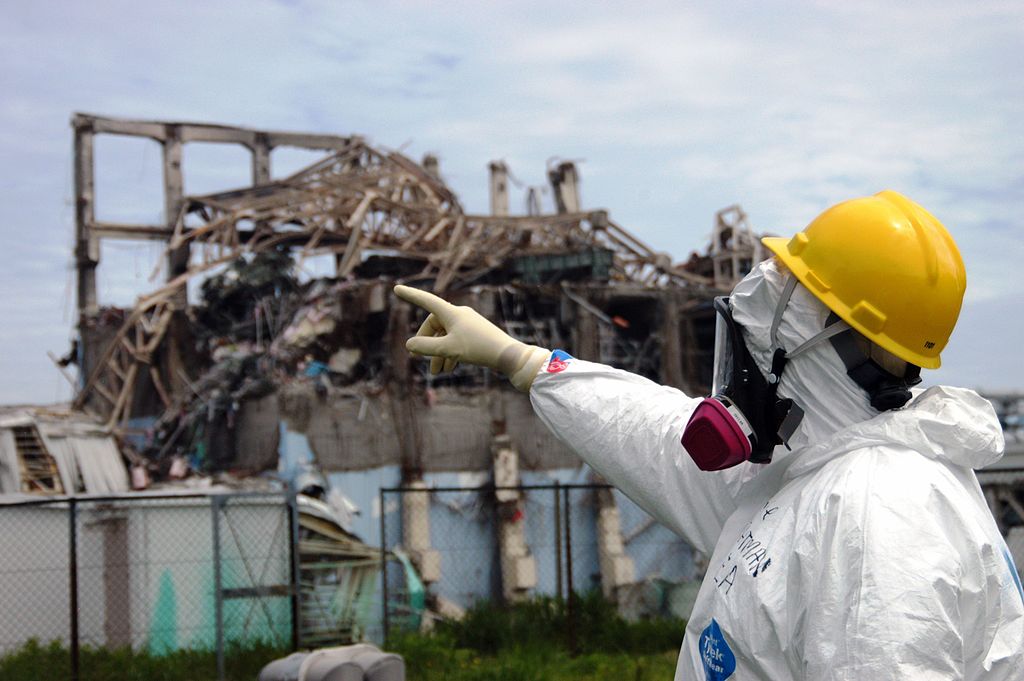
This is a nuclear energy pros and cons essay for Upsc exams.
This article explains briefly the nuclear power advantages and disadvantages, how nuclear energy works? how is nuclear energy made?
Nuclear Power
Nuclear Power generates electricity using atomic chains reactions. It is currently used in many countries and also many countries banned it. Over several years it method of generating electricity is widely criticized or acknowledged.
Nuclear energy pros and Cons is discussed for several decades. But the discussions intensified only after the explosion of the Japans Fukushima Atomic reactor disaster.
As more people get educated they come to know about the environment and they start to care more about nature. Today People are more concerned about their environment and most people give a green signal to clean and green energy like a windmill, solar, etc.
But there are so many limitations to these green energies.
How does nuclear energy work? The atomic reactors to produce electricity it works by the process called Nuclear Fission. It is split up of uranium atoms that generate an enormous amount of heat which is to boil water and its steam is used to rotate the turbine in order to produce electricity.
Atomic power plant locations in India are Kalpakkam, Tarapur, Kudankuma, Kaiga, Kakrapar Narora etc. Atomic energy advantages and disadvantages are as follows
Nuclear energy Pros and Cons
10 benefits of nuclear power: Pros
The Benefits of nuclear power is:
Nuclear energy emits low carbon. Whereas traditional fossil fuels like petroleum and coal will produce a lot of carbon dioxide, smoke, and Ash. It will not produce any greenhouse gases such as carbon dioxide, Methane, etc.

It is not intermittent, meaning it will stop producing electricity when there is a shortage of wind or sunlight. It is low-cost energy even though its initial setup cost is high, its operating cost is very low.
Nuclear energy is a highly reliable source as there is a lot of atomic fuel available. It is used for making Atomic medicine and making medicinal equipment.
The developing countries like India, where the population is growing at a rapid rate, that demands a lot of power, and this puts too much pressure on fossil fuel which in turn affects the environment. In such cases as in India, China, etc, Atomic energy is the best option.
It works in all conditions and even during cold winter, storms, etc. However, it is closed or shut down during natural disasters as a safety measure. It is used for finding answers to rare medical conditions by Applications of Radiation in Health Care and atomic medicine techniques.
In order to understand its advantages, we need to understand the wind power pros and cons.
Cons
The disadvantages of Atomic power plants are:
- When there is leakage of radiation from the atomic reactor it causes of lot health hazards like leucoma, Cancer, etc.

2. If a disaster happens like what happened in past in Chernobyl, Three-mile Island, SL-1, and Fukushima, the after-effects will be horrible with loss of life and several miles of land and vegetation will get permanently damaged.

The initial cost of building such a reactor is expensive.
It produces Radioactive waste which is difficult to handle. These Radioactive wastes much are buried under deep mines to prevent any radiation from leaking out of them.
Atomic reactors possess a security threat, these are prone to terrorist attacks. Such as the Perry Nuclear Power Plant incident where the Michigan man was arrested after allegedly claiming to have a bomb in a trailer at Perry Nuclear Power Plant, etc
Similarly, the disadvantages of nuclear power can be understood only after understanding the solar power pros and cons and how good it is.
Nuclear power in the wrong hands is another disadvantage. For Example, Most countries have fear of some countries such as North Korea, Iran, etc.
The only question that arises is Does Iran has nuclear power or Nuclear and so as North Korea and what will they do with it. Do they use it for only power production or do they use it to manufacture Nuclear weapons?
Is it an environmentally friendly?
This is a critical question. Atomic power generation is mostly eco-friendly as it does not release any harmful gas such as Green House Gas.
But it is harmful some way around as it produces harmful radiation and waste which is difficult to handle.
Is nuclear energy renewable?
It is considered as another non-renewable energy. But it is a renewable source of energy because the material used in atomic power plants is not renewable. Although these fuels exist abundant in nature, they are finite. Where wind or solar is renewable because its source is infinite.
What is nuclear energy used for?
The benefits of nuclear power plants are, generally, it is used to create electricity. By using a controlled fission reaction, inside the Power plant, electricity is produced.
However, it is also used to power other things such as Powering a nuclear submarine or ship. Such as Akademik Lomonosov , etc. These ships are used to produce electricity and power an entire city, in case of power failure in cities, towns during natural disasters or war, etc.
Also, it powers nuclear submarines, which gives an extra advantage over normal submarines as it provides long-lasting power.
These are some of the benefits of nuclear power.
Conclusion
If more care is given to handling it, It is a safe, clean, and green energy
Nuclear energy pros and Cons will, even more, be discussed in the future as the world started moving toward E-vehicles especially after the corona pandemic.
If we use E-Vehicles, then we need more electricity, and the reliability of Wind and Solar is currently low. Then again we have to depend on fossil fuel to support increased power usage due to E-Vehicles which will harm the environment and the main idea of E-Vehicles is spoiled.
Nuclear energy pros and Cons are almost equal from both ends.